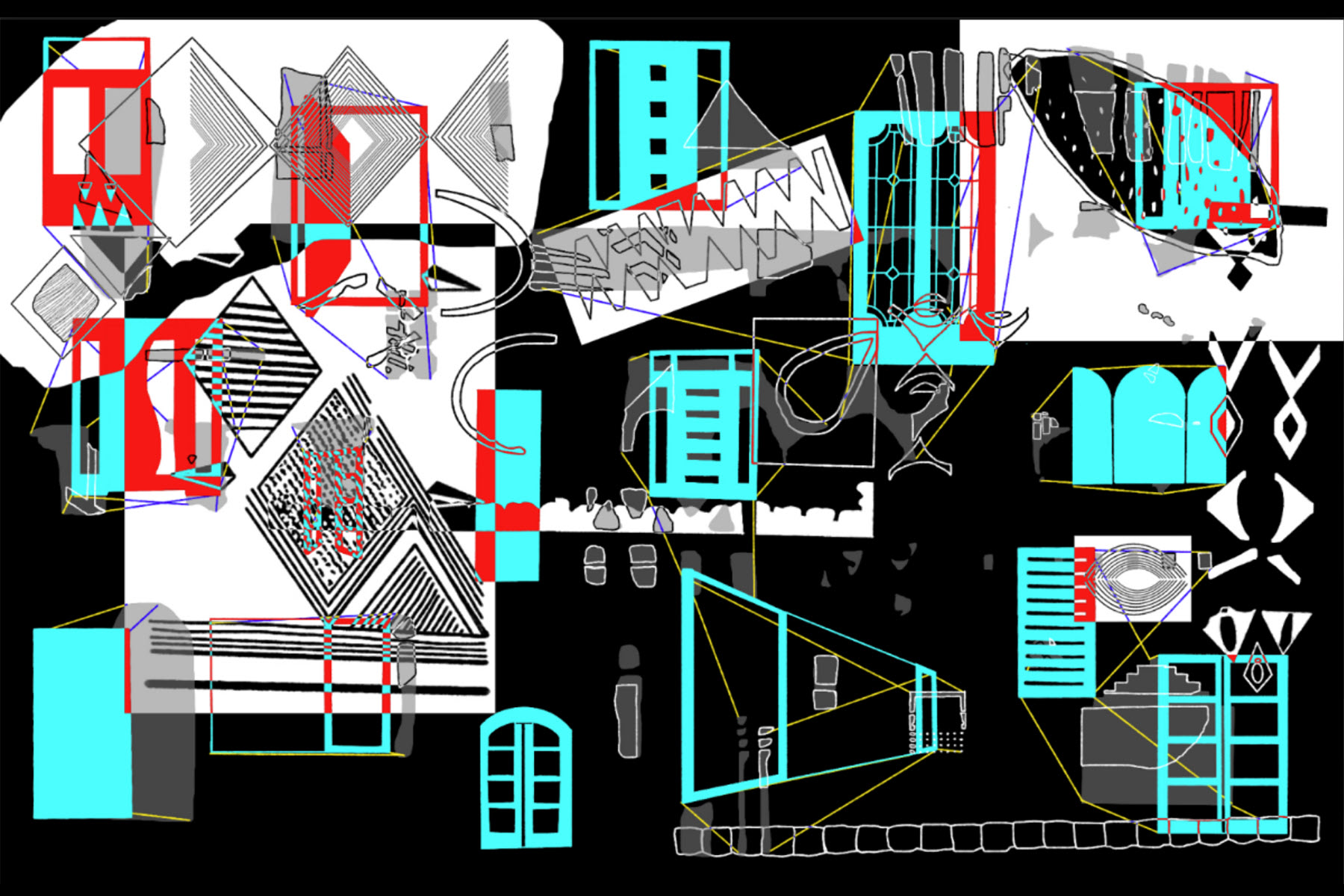PhD Program in Architecture
What makes this program different?
This unique doctoral program breaks away from traditional research methodologies, placing design itself at the center of scholarly inquiry. Students accepted into this program will embark on a journey of discovery, using design as a multifaceted tool to solve complex societal and environmental challenges. Through a combination of studio work, seminars, and mentorship, students will develop the skills to become leading design researchers, pushing the boundaries of the architectural discipline and shaping the future of built environments.
Degree: PhD
Program: Architecture
Fee range: Domestic: $9,086-$10,550
Enhancement opportunities: Global learning, 4 Program themes
Canada’s only design-driven PhD program
Our new PhD program in Architecture is the only architecture doctoral program in Canada focused on research through design.
Individual attention and personalized support
We create an environment that empowers you to excel as skilled professionals, design leaders and agents of positive change.
Toronto can be your Laboratory
The vibrant and diverse city of Toronto will act as a living laboratory for research projects, allowing you to engage with real-world contexts.
Fund your studies and business ideas
Explore architecture awards, and more opportunities to finance your studies.
If you have an innovative idea or startup, you may also qualify for Esch Award funding, which supports eligible ventures from the ideation to launch stages.

Explore your journey
The PhD program in Architecture is for Master of Architecture graduates with some experience in design, research or creative sectors, and seeking to enhance credentials and become leaders in their fields. Students participate in at least two seminars and work closely with a faculty supervisor to perform research through design that is critically evaluated at key milestones.
Grade requirements:
|
What you'll need to apply:
Documents include:
|
Notes:
|
The PhD in Architecture focuses on research through design. Milestone projects and presentations serve as forums for experimentation, dissemination and interpretive feedback.
The table below outlines a sample three-year PhD in Architecture program of study. Two seminars must be taken in the first year of study. Work for milestones #1 and #2 should advance concurrently and may be evaluated in any sequence during year two. Additional interim presentations and submissions may be required, depending on the nature of the design research and project objectives.
Year |
Fall |
Winter |
Spring/Summer |
|---|---|---|---|
1 |
Development of a design research plan of study
ARxxx - Research Seminar (selected from available graduate courses or approved directed study course) |
Ongoing Design Research
AR8110 - Thesis and Design Research, or equivalent directed study course |
Ongoing Design Research
+ confirmation of advisory committee |
2 |
Milestone 1 – Design Research Creative Project
|
Ongoing Design Research |
Milestone 2 – Design Research Proposal / Candidacy Exam |
3 |
Ongoing Design Research |
Ongoing Design Research |
Milestone 3 – Design Research Dissertation (final submission and defense) |
Completion time: |
Degree requirements: you are required to successfully complete
|
| Grade requirements: If a course mark is less than B- (2.67/4.33 or 70%), and less than B (3.00/4.33 or 73%) for PhD, you must repeat the course or alternate with another. Failure to maintain an acceptable academic standing may be considered grounds for dismissal. Annual progress reports are required. One unsatisfactory (UNS) progress report results in a students’ ‘Provisional’ status; two UNS progress reports result in dismissal from the program. |


"Design is a multifaceted mode of discovery. In this program, architectural design processes are both the subject and method of research.”

"Architecture is changing, so are the ways we design and perform research. A core component of this program is the design-driven dissertation, involving creative scholarship presented in public forums at important milestones."

Enrich your experience through opportunities for program themes, international travel & an immersive studio culture
These four program themes are opportunities for students to supplement and direct their path of inquiry and exploration.
We are faced with unprecedented environmental, economic, social and cultural challenges on a global scale. What can we do to ensure that our world is viable for future generations? How do we support and design a healthy, equitable future? How can new technologies and a renewed respect for traditional wisdom foster responsible stewardship?
Technological developments in design such as artificial intelligence, digital fabrication, parametric design and mass customization have altered the practice of architecture. How can we mobilize these tools for a better future? Advances in building materials and construction methods are changing built form and the urban landscape. How will architecture integrate emerging technologies in ways that propel culture advancement and enhance human thriving?
Our world is increasingly united by digital communications, migration and trade networks, ecological precarity and resource scarcity. What is the significance of community in a globally connected world? How does architecture respond to profound social and political shifts? How can we investigate the increasingly charged relationship between the local and the global? How can architecture advance human rights and become a tool of peace, dignity and hope?
Architectural design is not only a form of professional practice but a mode of critical inquiry and knowledge production. How can design processes serve as both the subject and means of investigation? How are technical, artistic, social and epistemological changes affecting architectural design processes and outcomes? How can architectural work, in all its forms, be reimagined as interactive and experiential manifestations of cultural wisdom?
Global Learning
We provide graduate students with opportunities to study internationally through field trips, attendance at international conferences and contact with researchers all around the world.
Studios & Community
You are so much more than your degree. At DAS, our graduate student work opportunities and studio culture add up to a rich educational experience. We also offer a wide range of co-curricular and extracurricular programming designed specifically for graduate students.
Whether you’re looking to join a student group, advocate for your peers in student government, challenge yourself and others at our graduate symposium, or just looking for support, we encourage you to make the best of your experience at TMU.

Career possibilities
Graduates from our PhD program aspire to become world leaders in the profession. A PhD in Architecture also opens the door to an academic career in research and teaching or in a research and design oriented office.

